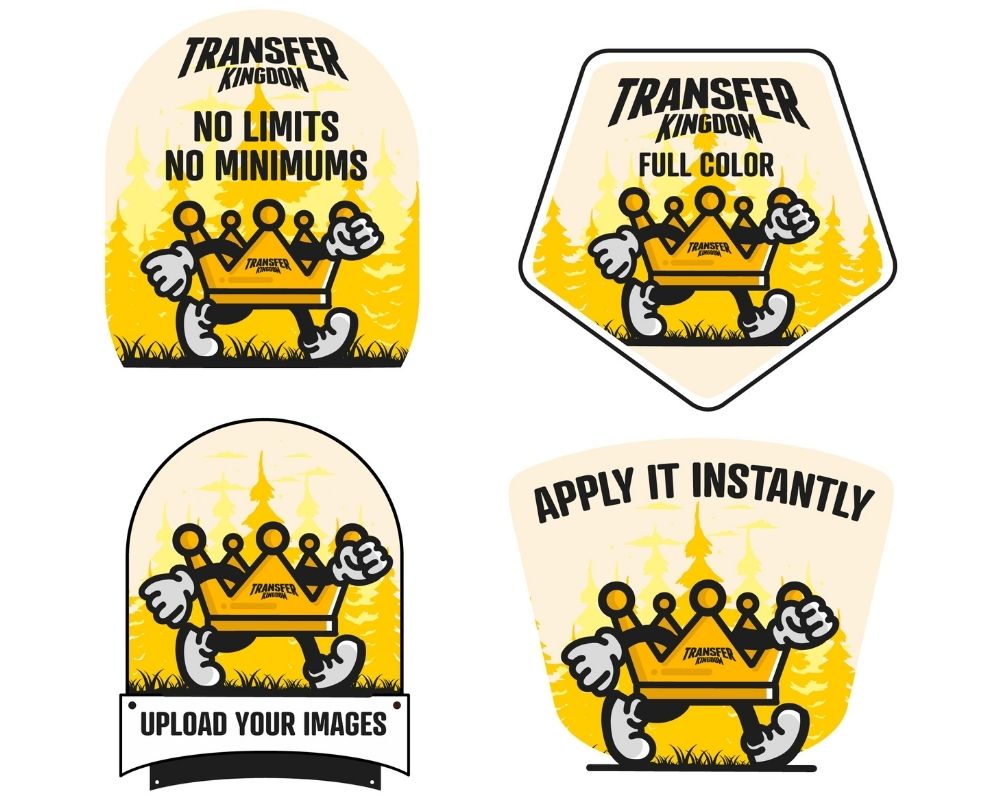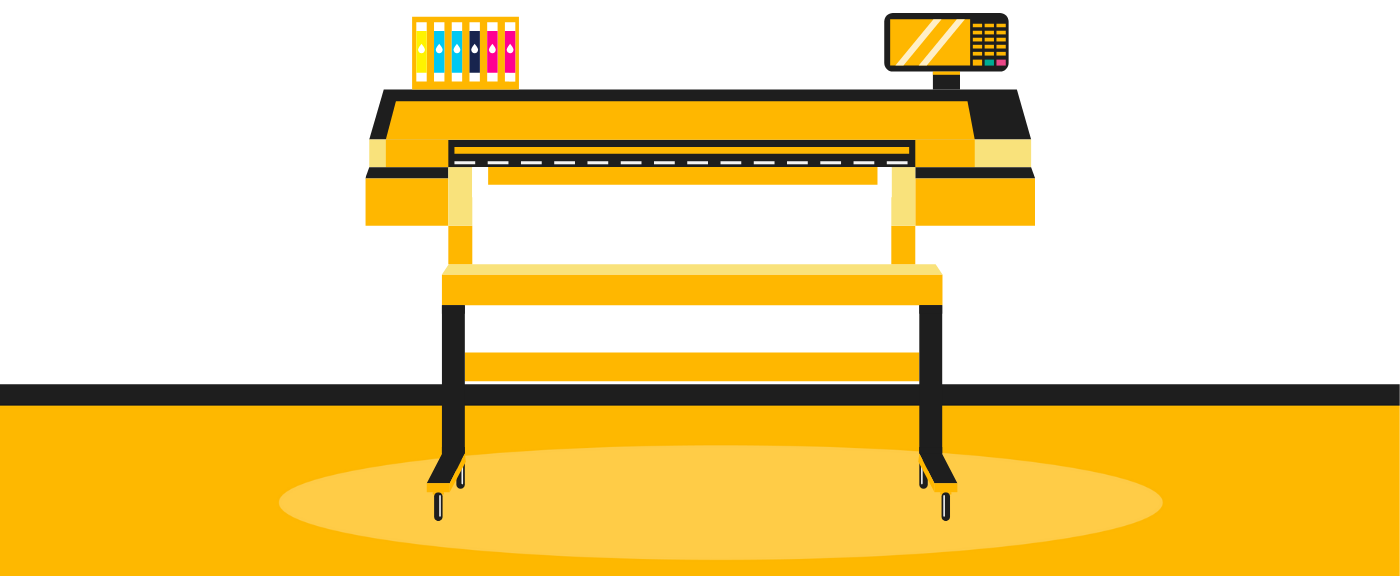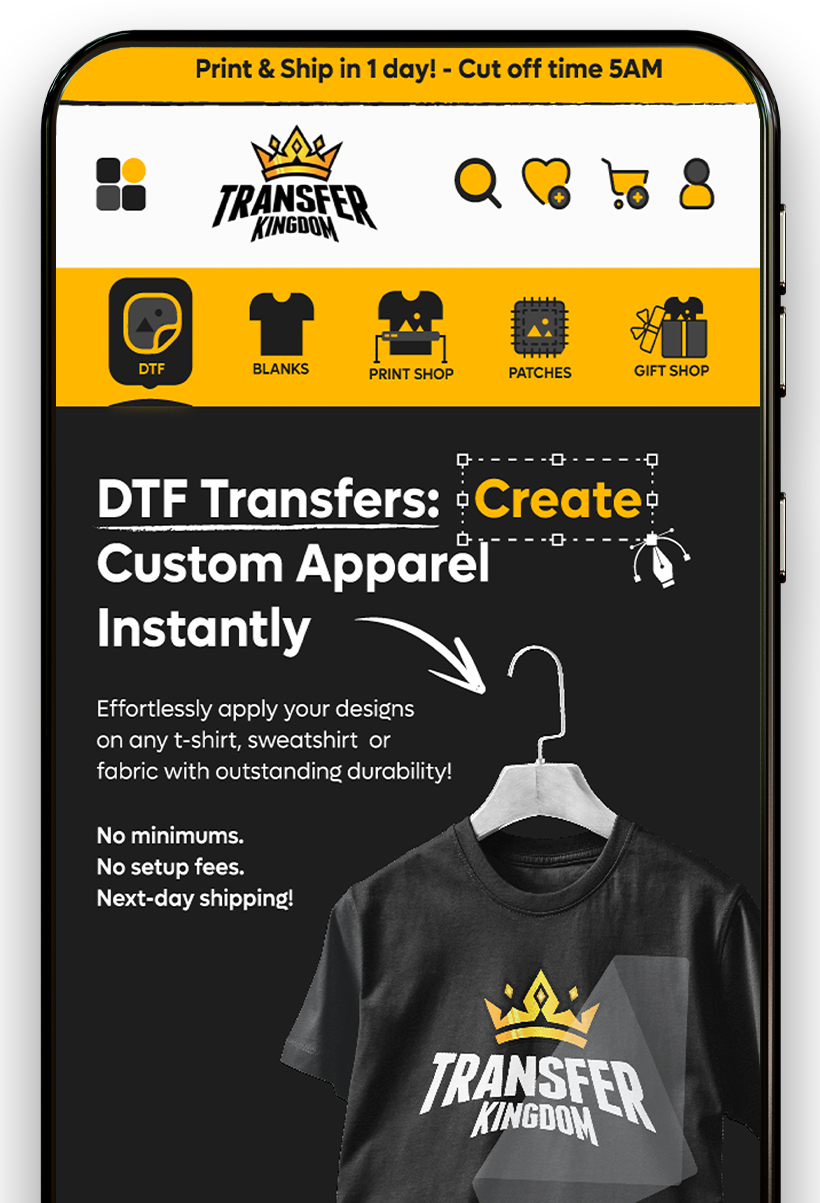How UV DTF Stickers Differ from Regular or Traditional Vinyl Stickers

While vinyl stickers have served businesses well for years, UV DTF stickers are the future of durable, premium customization. With their ability to withstand scratches, water, and UV exposure, and their compatibility with multiple surfaces, UV DTF stickers are a better long-term investment for branding, personalization, and resale. Vinyl stickers remain useful for short-term, budget-friendly projects, but for businesses aiming to stand out and increase profits, UV DTF is the clear choice.
Stickers are one of the most popular ways to customize products, build brand identity, and create eye-catching designs. For decades, vinyl stickers have dominated the market, offering an affordable and versatile option for both personal and business use. But recently, a powerful new player has emerged— UV Direct to Film (UV DTF) stickers.
These innovative stickers combine durability, vibrant colors, and universal application, making them increasingly popular among print shops, e-commerce sellers, and small businesses. If you’re trying to decide between UV DTF and traditional vinyl stickers, this guide will break down the differences so you can make the best choice for your business.
What Are UV DTF Stickers?
UV DTF stickers are created by printing designs onto a special transfer film using UV-curable inks. After curing under UV light, the design is transferred onto a product surface using an adhesive film.
This process results in a sticker that is:
Scratch-resistant
Waterproof
UV-resistant
Applicable to almost any surface
From mugs and tumblers to laptops and phone cases, UV DTF stickers are designed for long-term durability. Many businesses pair them with DTF transfers for apparel to create complete branded bundles.
What Are Traditional Vinyl Stickers?
Vinyl stickers are produced by printing on sheets of vinyl material, then cutting the designs to shape. They can be made with standard inkjet printers (for hobbyists) or professional-grade machines for businesses.
Vinyl stickers remain popular because they are:
Affordable to produce
Easy to apply
Flexible for flat or slightly curved surfaces
However, they are less durable than UV DTF stickers, especially when exposed to scratching, water, or prolonged sunlight.

Key Differences Between UV DTF and Vinyl Stickers
| Feature | UV DTF Stickers | Vinyl Stickers |
|---|---|---|
| Durability | Scratch, water, and UV-resistant | Prone to peeling, scratching, and fading |
| Surface Options | Glass, metal, plastic, wood, ceramic, more | Flat and smooth surfaces only |
| Finish | Premium, embossed texture | Flat matte or gloss |
| Application | Peel & stick, no tools needed | Peel & stick, can bubble or peel over time |
| Longevity | Lasts years with proper care | Months to a year, depending on exposure |
| Cost | Slightly higher upfront | Lower upfront, but less durable |
| Best For | Premium branding, long-term use | Labels, short-term or budget projects |
Advantages of UV DTF Stickers Over Vinyl
1. Superior Durability
2. Works on More Surfaces
3. Premium Look and Feel
4. Long-Term Value
When Vinyl Stickers Are Still Useful
Despite their limitations, vinyl stickers remain a practical choice in certain situations:
Budget-friendly projects – Great for temporary labels or large-quantity giveaways.
Short-term events – Ideal for concerts, festivals, or promotional campaigns.
Indoor use – Vinyl lasts longer indoors where it’s less exposed to wear.
For example, shipping labels or temporary product tags may be more cost-effective when made with vinyl instead of UV DTF.
Which Is Better for Business?
Choosing between UV DTF and vinyl depends on your goals:
For premium branding and long-lasting products → UV DTF is the winner.
For cheap, high-volume, short-term projects → Vinyl remains a solid choice.
For businesses wanting to stand out → UV DTF provides a higher perceived value that customers will pay more for.
👉 Businesses often combine both: vinyl for low-cost labels and UV DTF for premium merchandise. Using tools like a gang sheet builder also makes producing UV DTF stickers more cost-effective.
Cost vs Value Analysis
At first glance, vinyl stickers are cheaper. But when you consider the long-term picture, UV DTF often delivers better value:
Fewer replacements needed → Saves money on reprints.
Premium pricing potential → Customers pay more for higher-quality products.
Higher customer satisfaction → Leads to repeat sales and stronger reviews.
In other words, UV DTF may cost more upfront but often provides better profits over time.

Sticker Trends in 2025
Eco-friendly innovations – Suppliers are introducing recyclable films and sustainable inks.
Premium textures – Raised, metallic, and layered designs are becoming popular.
On-demand production – E-commerce stores are offering personalized stickers with same-day shipping.
Bundle sales – Stickers packaged with apparel and accessories are trending.
Automation – Larger shops are adopting automated printing and curing systems.
Businesses adopting these trends will be better positioned to compete in the growing customization market.
Are UV DTF stickers really more durable than vinyl?
Yes, they’re waterproof, scratch-resistant, and last for years.
Do UV DTF stickers cost more than vinyl?
Yes, but they deliver better long-term value.
Can UV DTF stickers be used outdoors?
Absolutely—they resist fading and peeling in outdoor conditions.
Are vinyl stickers completely outdated?
No, they’re still useful for short-term and budget projects.
Do UV DTF stickers need special tools to apply?
No, just peel, stick, and press firmly.
Can UV DTF stickers stick to curved objects?
Yes, unlike vinyl, they’re excellent for bottles and mugs.
Do vinyl stickers peel easily?
Over time, especially when exposed to heat, water, or heavy use.
Which looks better—UV DTF or vinyl?
UV DTF has a premium embossed look; vinyl appears flat.
Can businesses profit more from UV DTF?
Yes, because customers pay more for durability and premium quality.
Should I switch completely to UV DTF?
Not necessarily—using both options strategically may serve your business best.










